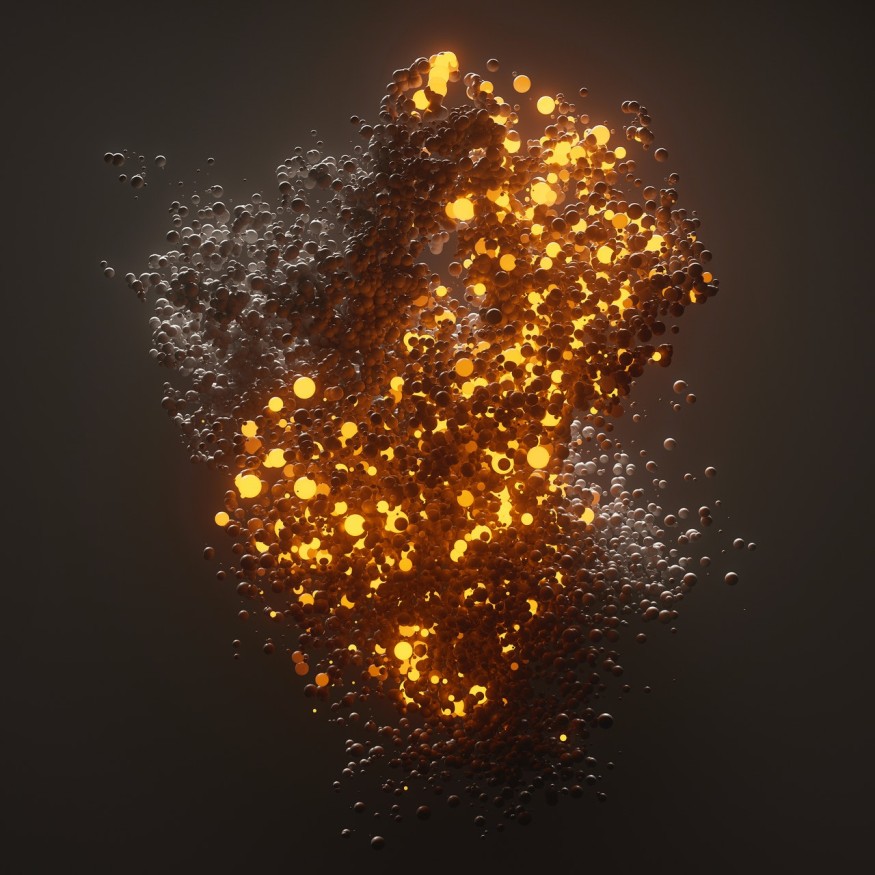Tetraneutron is a unique nuclear concept that was previously impossible to obtain. In a new study, experts attempted to confirm the existence of this physical idea and determine the applications it could be utilized,
The first-ever presentation of the theory and prediction of how tetraneutron works were in 2014. After two years, the demonstration was followed-up by a scientific paper that detailed the findings that the scientists collected.
Scholars from Iowa State University researched tetraneutrons. The team was led by the institute's astronomy and physics professor James Vary.
Tetraneutron: New State of Matter

The experimental discovery of the tetraneutron was made in part by experts from Germany's the Technical University of Darmstadt. The information they collected over the new and exotic matter paves the way for future studies that might incorporate tetraneutron functions in current and upcoming innovations.
Neutrons are subatomic particles that carry no charge. They commonly bind with charged protons, a process that gives birth to the nucleus of an atom. Lone neutrons are known to be unstable and, if left for a short amount of time, could also transition into protons.
Like a single neutron, double or triple neutrons cannot reach a phase called resonance, in which a matter becomes temporarily stable just before it completely decays.
On the other hand, Tetraneutron could surpass the limits of a basic neutron and form a resonant state of its own. Through the help of supercomputers of the Lawrence Berkeley National Laboratory, experts found that four individual neutrons could reach the state in just 3x10-22 seconds, PhysOrg reports.
This interval measures less than a billionth of a single second. Although the window seems to be music shorter relative to the time we are familiar with, experts say it's long enough to study the resonance of tetraneutrons and the activities that take place during this point.
Possibility of Researching Four-State Neutron in the Future
According to the observations, a tetraneutron has estimated energy of 0.8 million electron volts. To compare, the visible light contains about two to three electron volts. The width of an n energy spike that could show the tetraneutron requires at least 1.4 million electron volts.
A subsequent study shows that the energy would likely jump between 0.7 and 1.0 million electron volts, corresponding to about 1.1 to 1.7 million electron volts. The variances measured from the model were based on the available candidates that occur during the interaction between the individual neutrons.
A separate study from Japan's RIKEN Institute Radioactive Isotope Beam Factory showed a different reading from the energy and width scales, approximately 2.4 and 1.8 million electron volts, respectively.
Vary explained that the resonance of a tetraneutron is a completely distinct state of matter that could exist in a short amount of time but opens gateways to other fields. It is just the second chargeless element in the nuclear chart and exhibits a strong relation between neutrons.
The study was published in Nature, titled "Observation of a correlated free four-neutron system."
RELATED ARTICLE : Less-Toxic Approach to Eliminate Microplastics in Drinking and Wastewater Developed Through Okra
Check out more news and information on Chemistry in Science Times.
© 2025 ScienceTimes.com All rights reserved. Do not reproduce without permission. The window to the world of Science Times.











